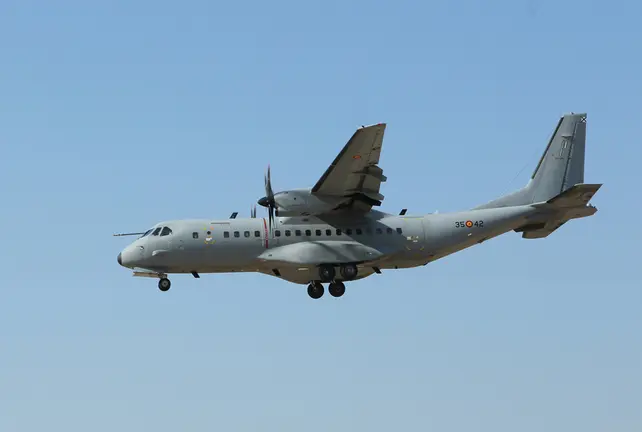Flight service returned to the Canary Island of La Palma on Tuesday after a day of extreme volcanic activity - amid months of dangerous eruptions - cut off air travel for about a day.
The plane's destination was the neighbouring island of Tenerife.
Volcanic activity on La Palma has disrupted life and destroyed property ever since eruptions began at the Cumbre Vieja ridge in September. Air travel has been restricted before, but had been ongoing in recent weeks until a sharp spike in activity on Monday.
There were violent explosions, with large amounts of gas and lava emitted from the volcano.
Activity levels fell significantly on Tuesday, according to state broadcaster RTVE, which noted that volcanic activity "practically came to a pause."
Images broadcast showed steam rising out of funnels in the ground, but no lava emerging. There was also almost no seismic activity.
Earlier, regional airline Binter said it took the decision to suspend air traffic given the high level of volcanic ash in the air, as winds drove clouds eastwards towards the airport.
A period of calm
Vulcanologist Ruben Lopez said this latest change did not spell the end of the eruption. There have been repeated, brief periods of calm during the three-month eruption, most recently on Sunday. Lopez said afterwards the flow was even more violent, in comments to RTVE.
The volcano has destroyed nearly 2,900 buildings since it its eruption began, forcing some 7,000 people from their homes.
A metre-thick layer of lava, flowing at around 1,000 degrees Celsius, has covered some 1,200 hectares.
The lava has hardened into two new land, extending some 50 hectares in total into the sea.











